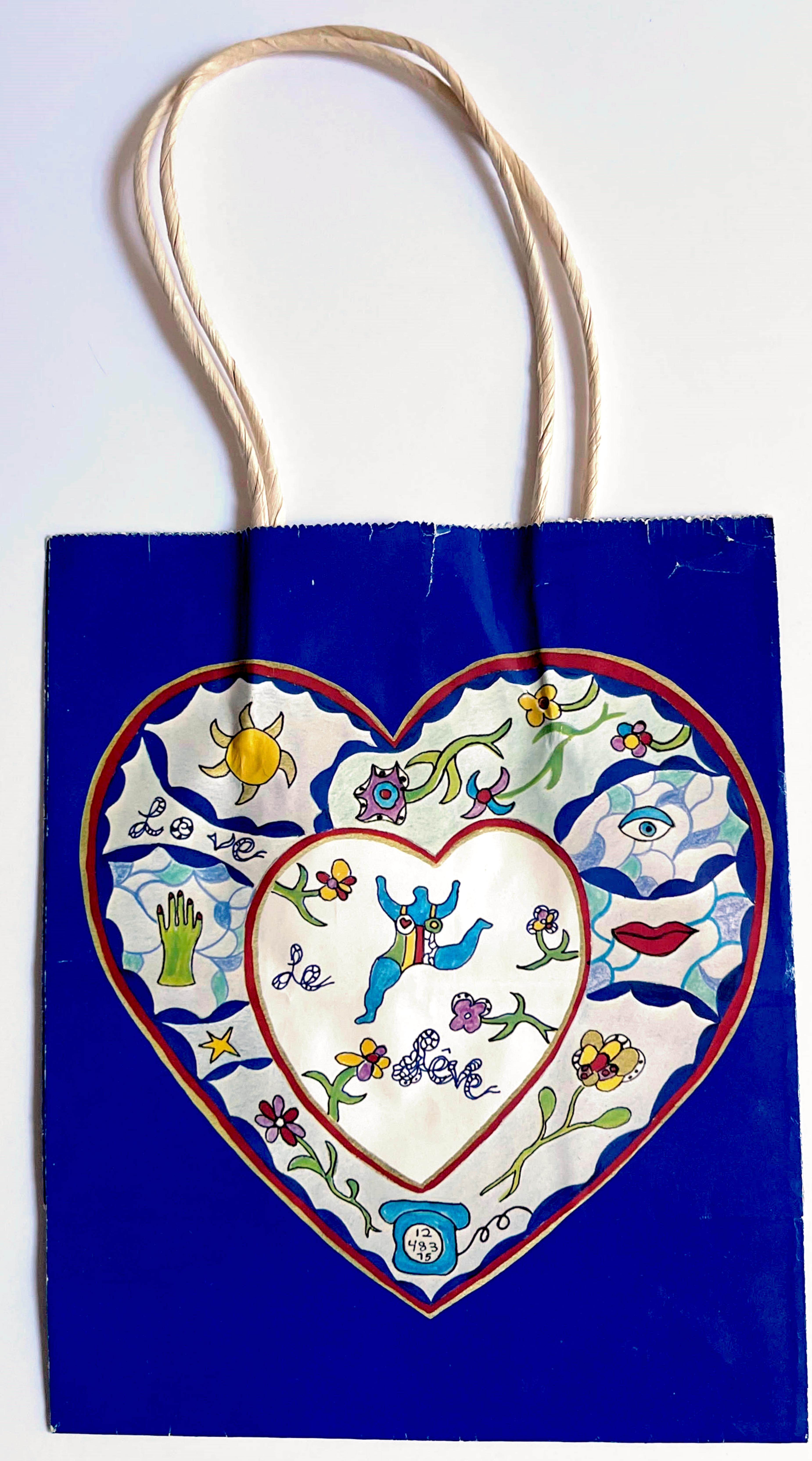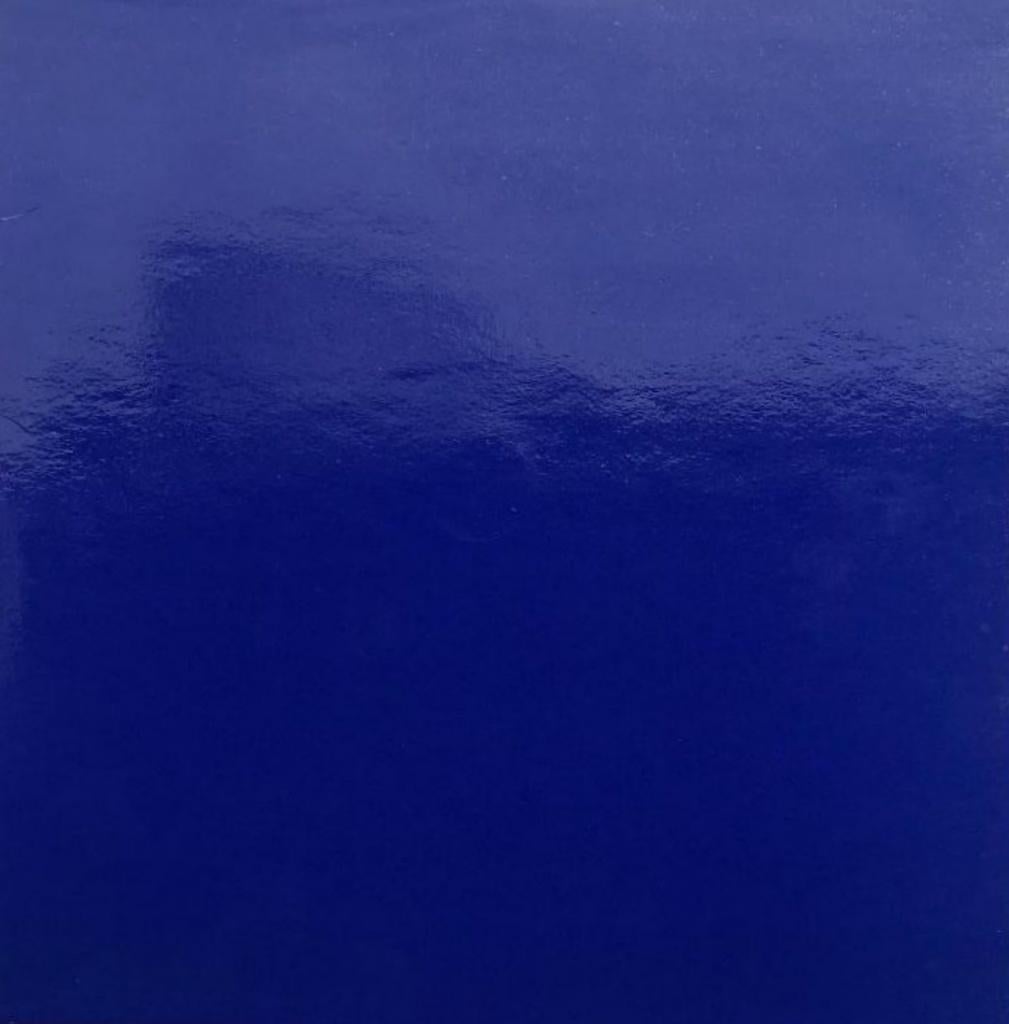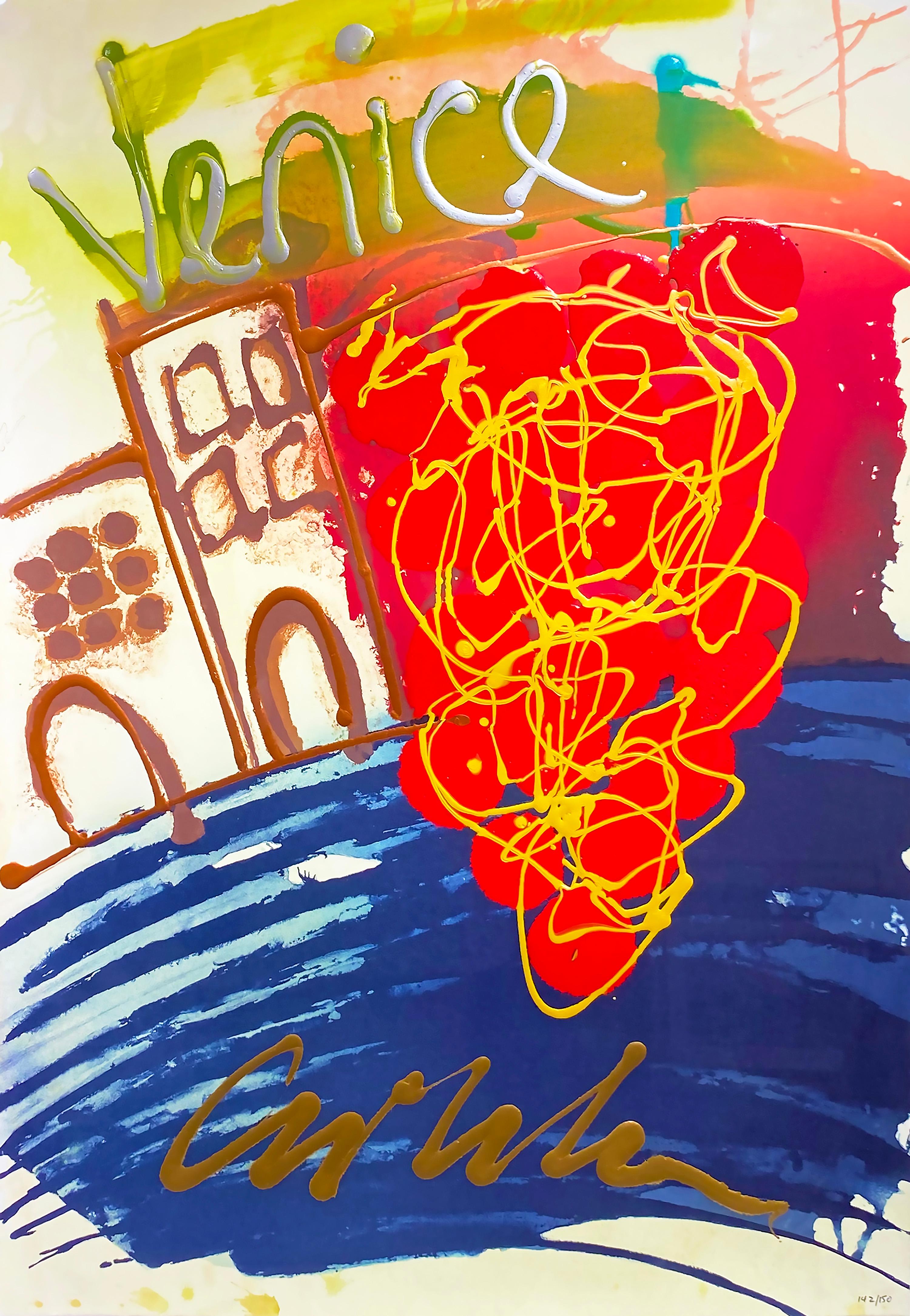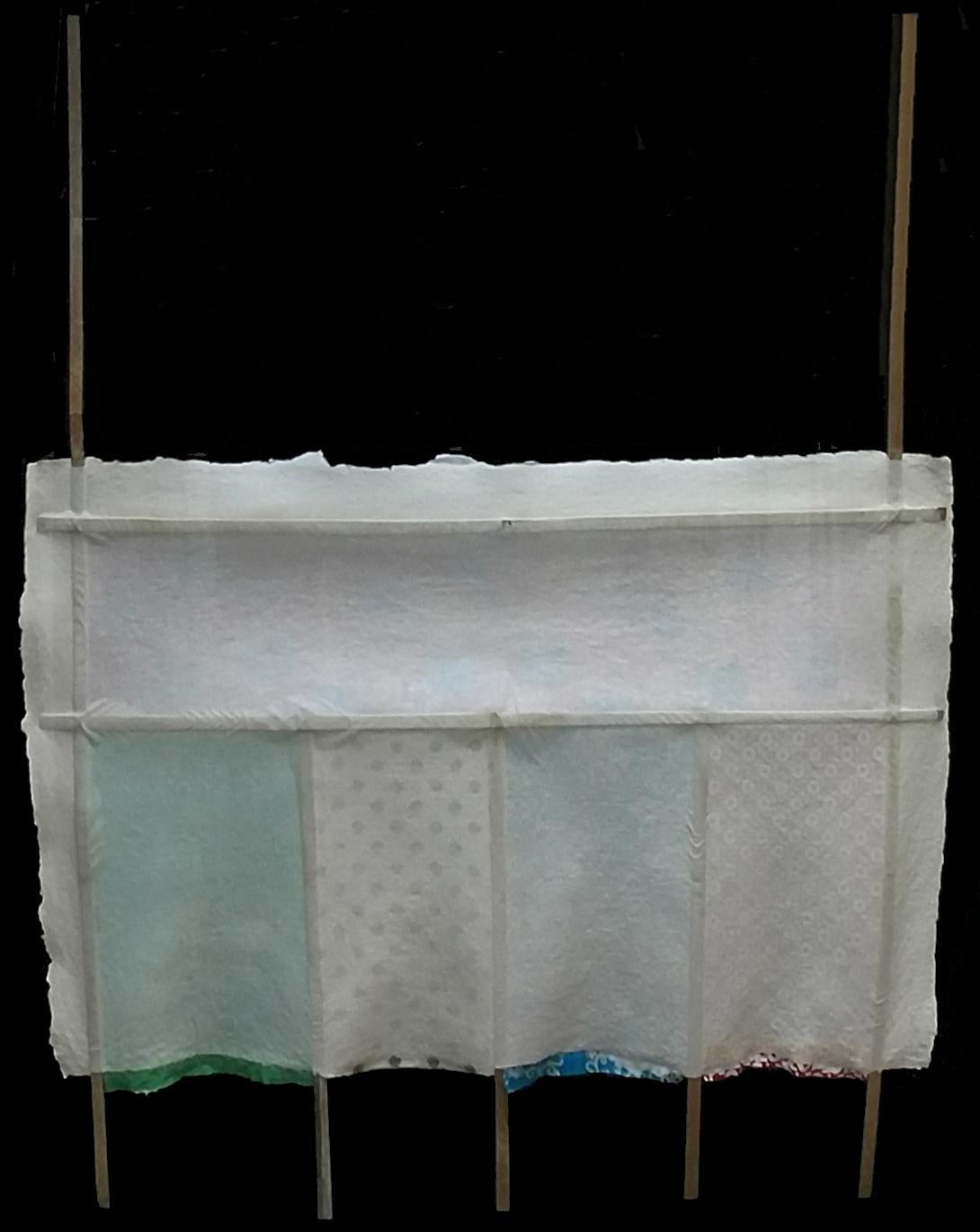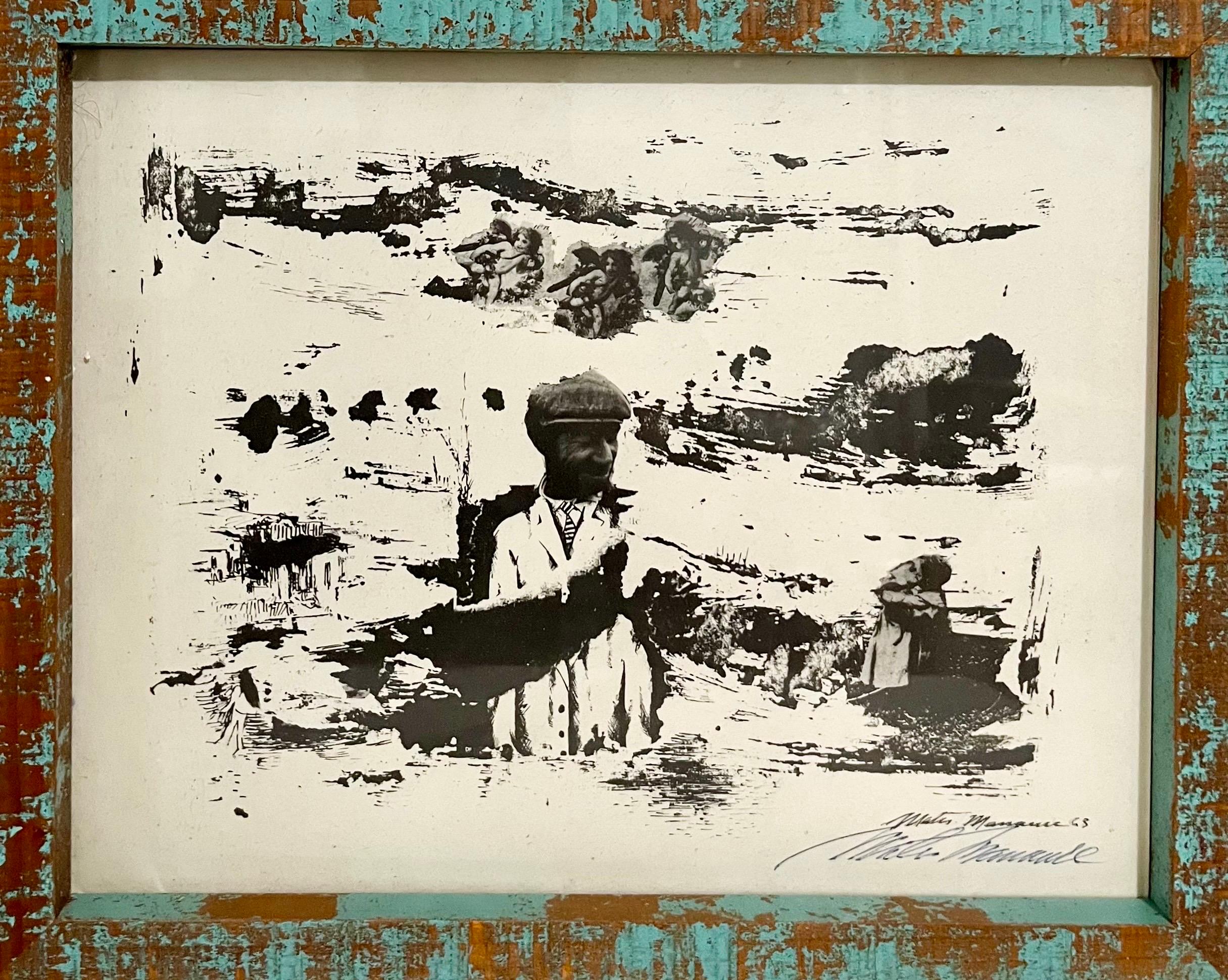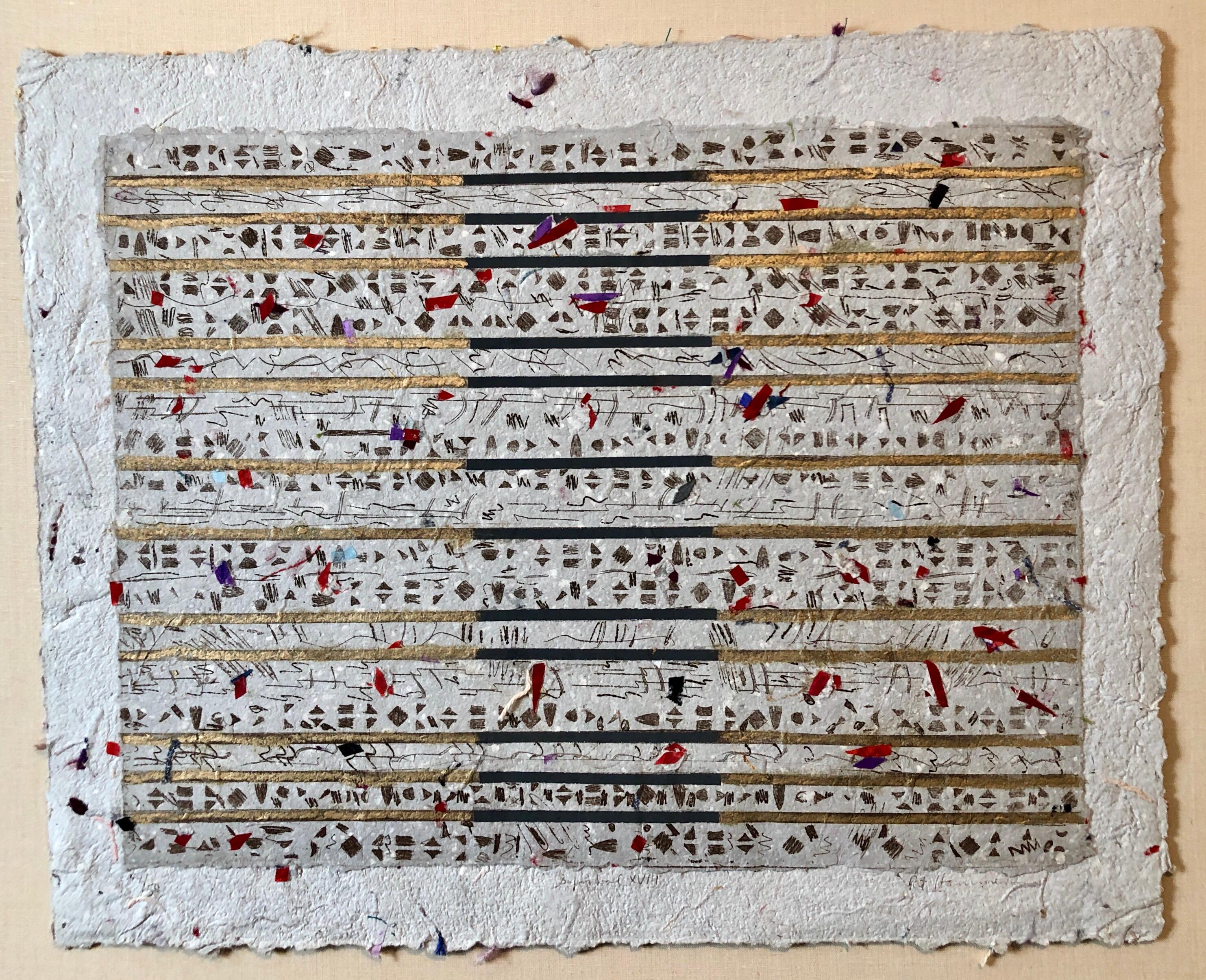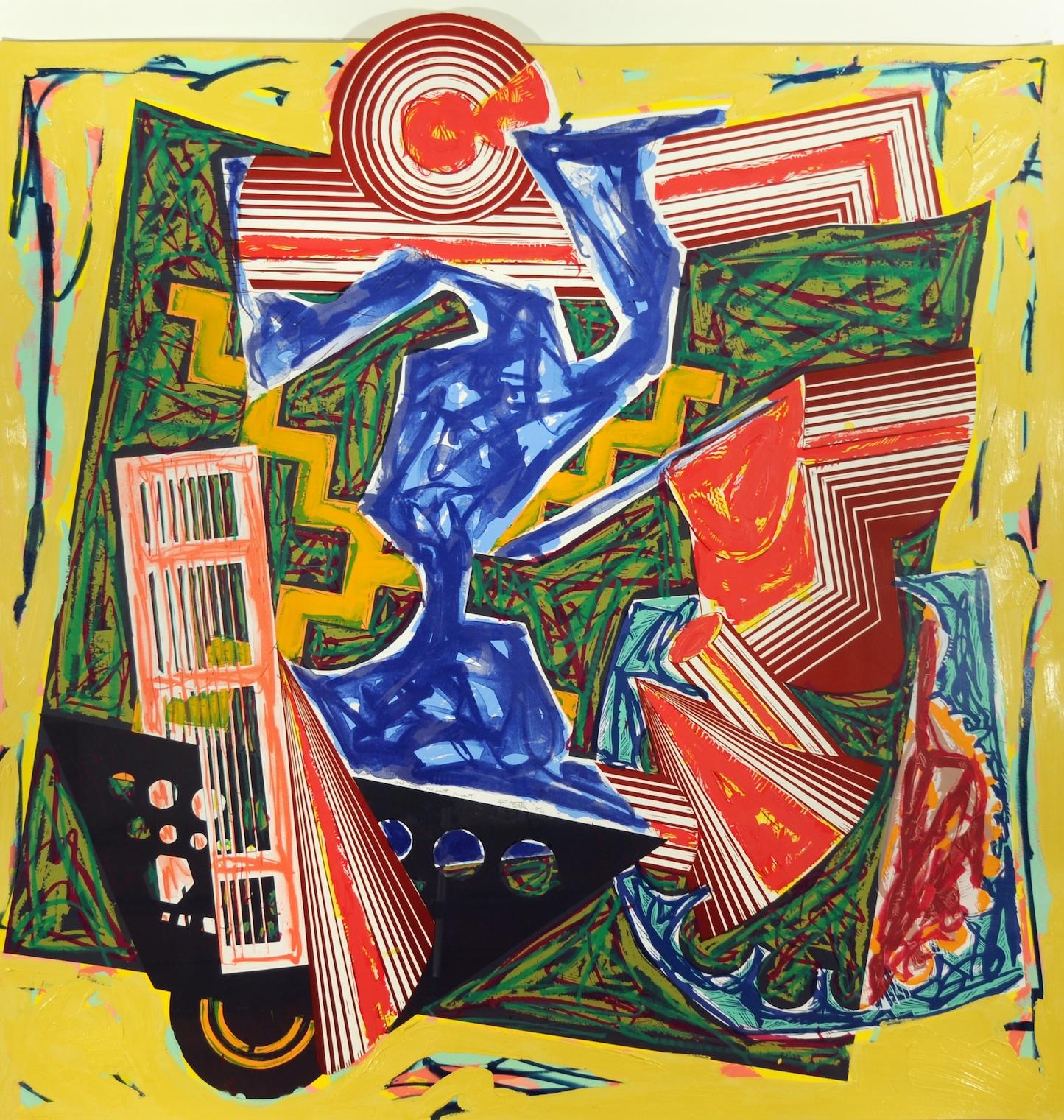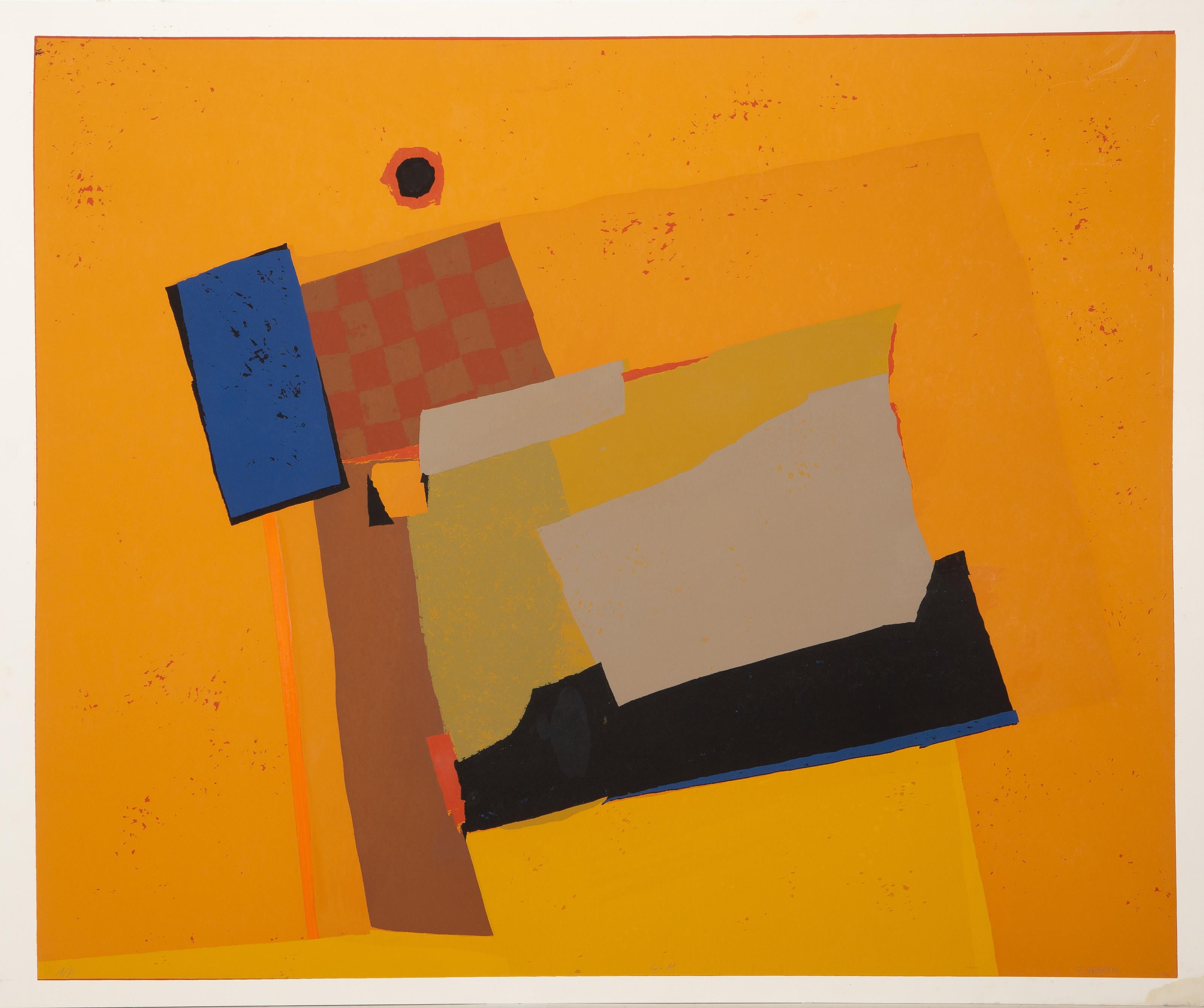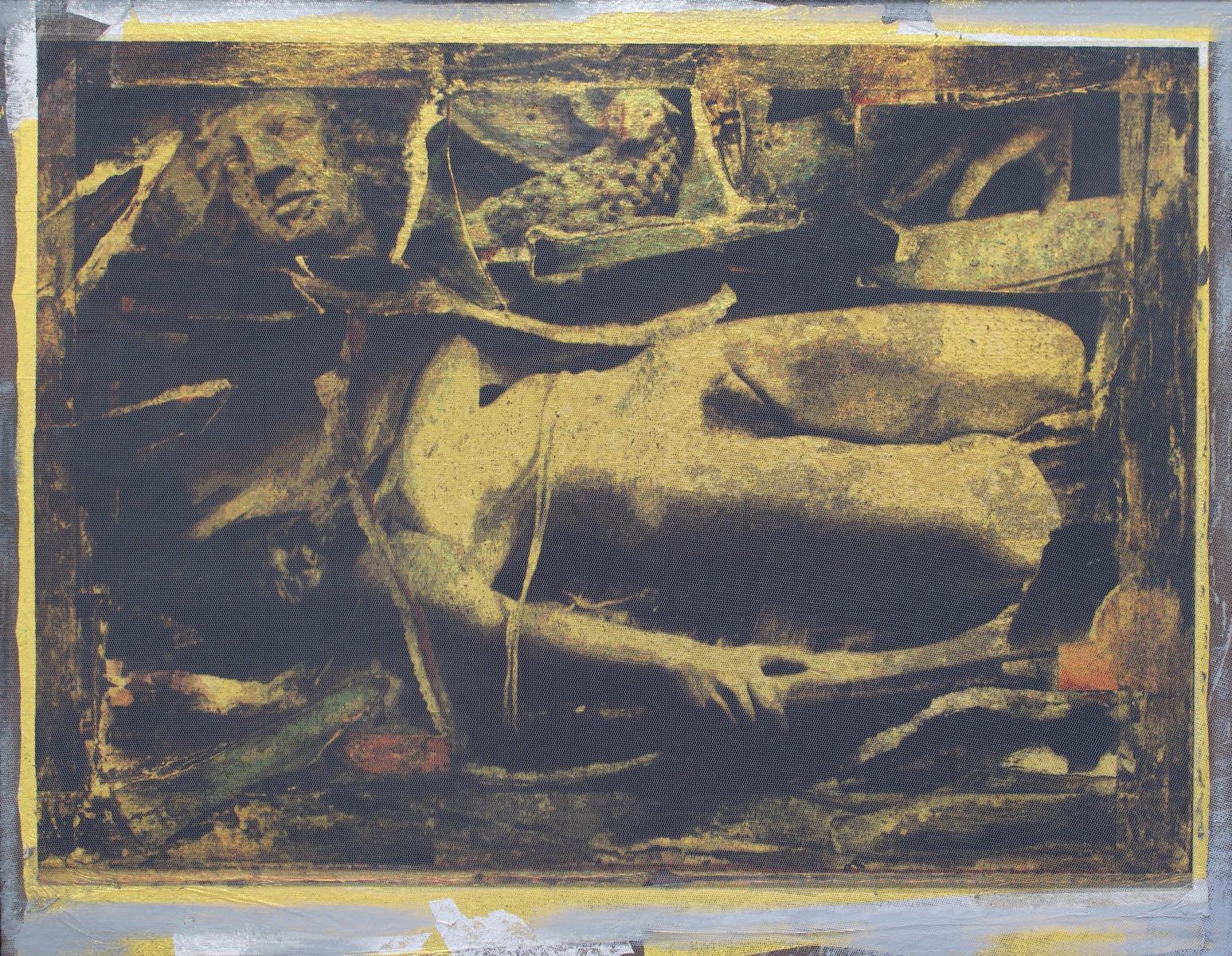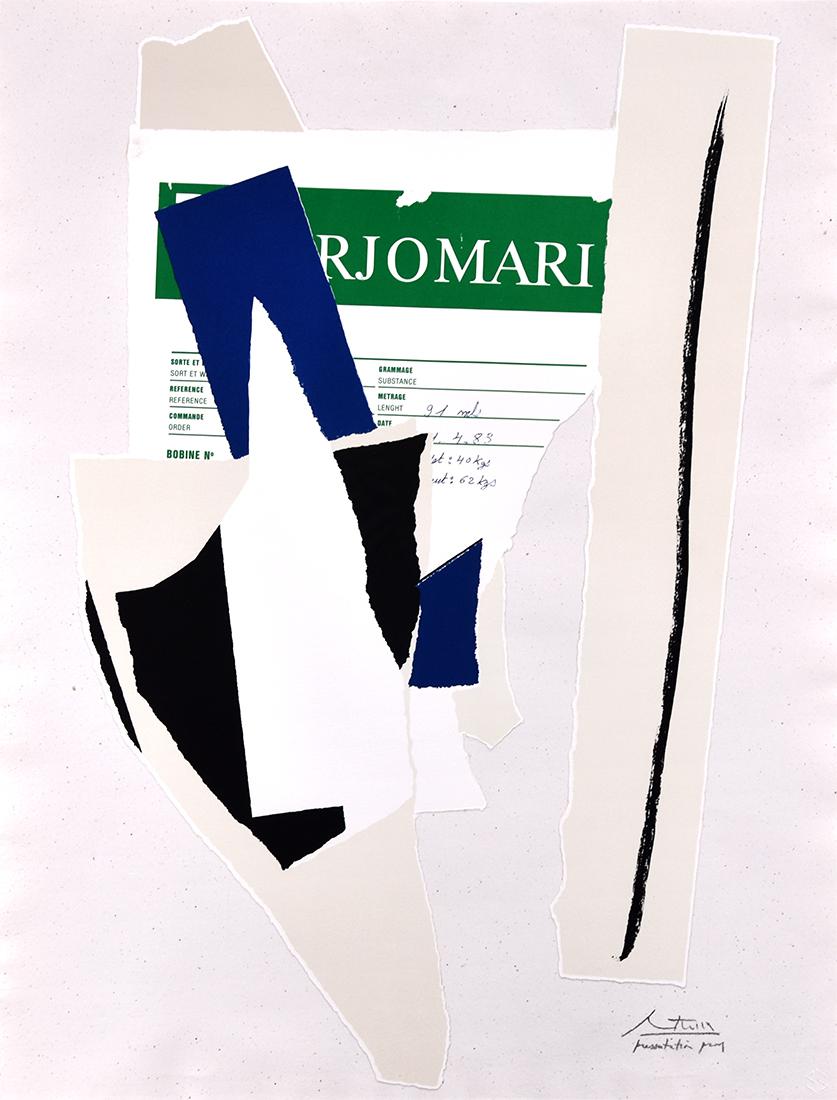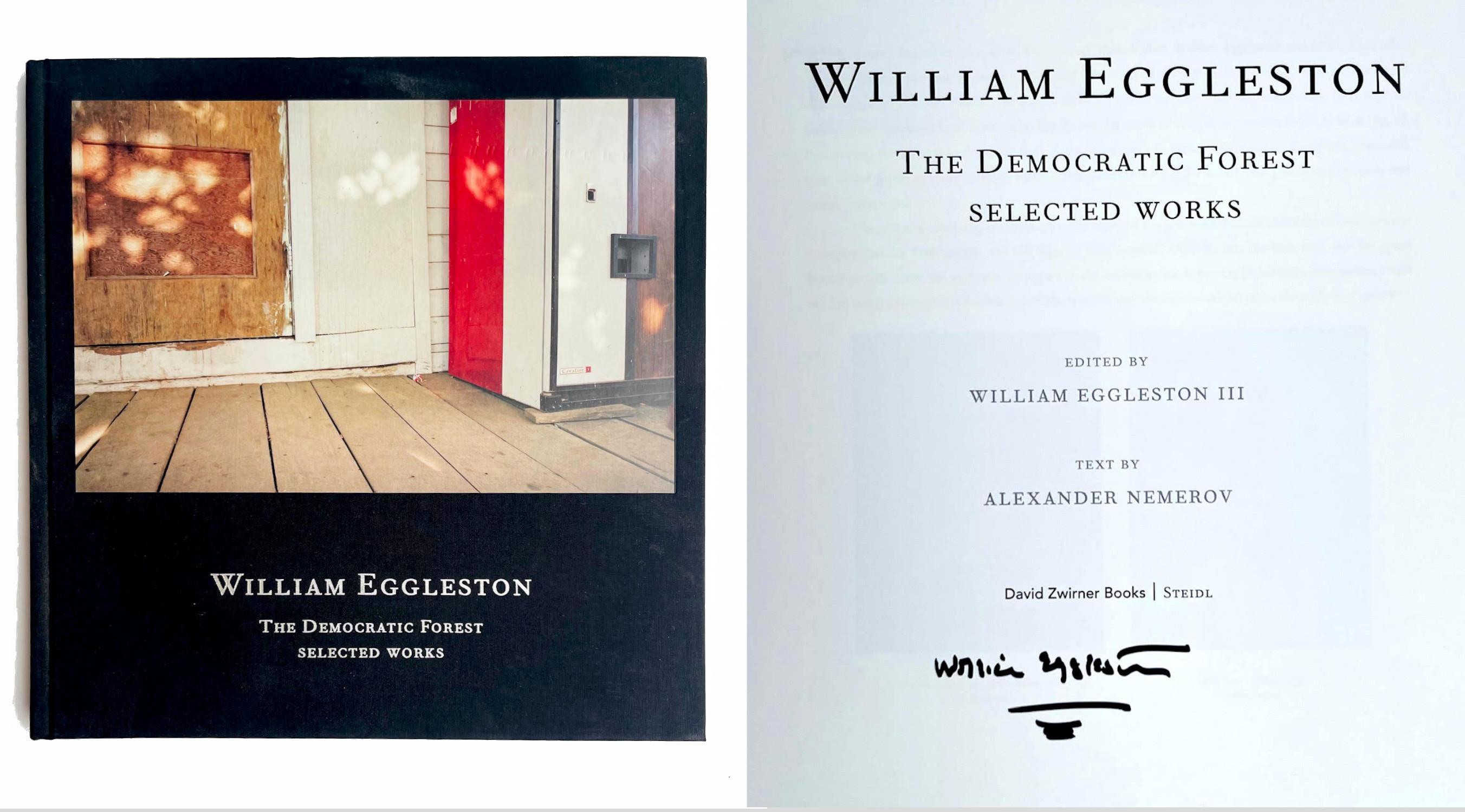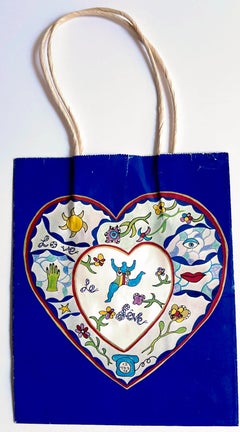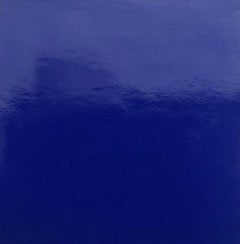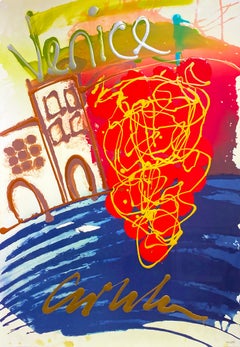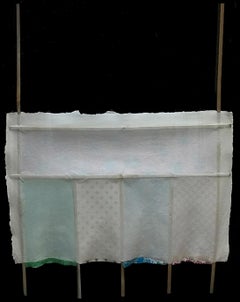1963 Mixed Media by Mateo Manaure (Venezuelan, 1926-2018)
Frame: 12.25" X 15.25"
Image: 11" X 13.75"
Hand signed
Thought provoking abstract, mixed media modern graphic art Not sure of the exact technique but it seems photo based.
Mateo Manaure (11926 – 2018) was a Venezuelan modern artist. In Venezuela he is considered a master of modernist abstractionism, and is known for his works in the University City of Caracas and for creating the largest glass murals in the world.
Mateo Manaure was born on 18 October 1926 in Uracoa, in Monagas state. Between 1941 and 1946 he studied at the Escuela de Artes Plásticas y Artes Aplicadas under the instruction of Antonio Edmundo Monsanto. Here, he studied graphic arts in the workshop of Pedro Ángel González, to whom he was an assistant. He also began participating in the artist salon of the Museo Bellas Artes in Caracas. In 1947 he won the inaugural National Prize for Plastic Arts and traveled to Paris. He made a trip back to Caracas the next year to work with the Taller Libre de Arte, before returning to Paris in 1950 and being involved with the artistic movement of Los disidentes. (The Dissidents), a coalition of Venezuelan artists (active from 1945-50) that also included -Jesús Rafael Soto, Narciso Debourg, Alejandro Otero, Pascual Navarro, Rubén Núñez, Nena Palacios, J.M. Guillermos Péres, Alirio Oramas, Luis Guevara Moreno, Aime Battistini, Armando Barrios, Omar Carreño (refer to lot 222), and Carlos Gonzáles Bogen. Through their journal of the same name and their accompanying radical manifesto No (1950), Los Disidentes championed a progressive vision, that eschewed the conservative academicism embodied by the Escuela de Artes Plásticas and the Escuela Paisajista in Caracas, and in its place advocated for experimentation and geometric abstraction.
Upon his return to Caracas in 1952, Manaure set out in earnest to put these ideas into practice and found an immediate affinity with the modernist project unfolding so indicative of that era's unprecedented growth and development. The latter was most evident in the architectural and public art works designed by the legendary modernist architect Carlos Raúl Villanueva, whose Cuidad Universitaria, the main campus of the Central University of Venezuela, is considered a landmark of city planning and architecture. Villanueva commissioned Manaure to execute several murals, painted wood reliefs, and stained glass windows for Ciudad Universitaria all reflective of the young artist's newly adapted aesthetic. By 1956, the year both of these works were painted, Manaure was a leading figure of the abstractionist movement, exhibiting abroad at the Venice Biennial and locally at the Museo de Bellas Artes. His geometric abstraction painting infuse his compositions with a kinetic power and lyrical sensibility. Manaure's desire to evoke a sense of the local or regional amid the universal. He returned to Caracas in 1952 to found the Galería Cuatro Muros with Carlos González Bogan, and gave the first exhibition of abstract art in Venezuela. He also began collaborating with architect Carlos Raúl Villanueva, first on the University City of Caracas, to which he contributed 26 works of art and was "promoted" to art supervisor of the campus, and then to other public spaces like the redesign of the neighborhood of 23 de Enero.
For the next several years, Manaure continued to develop within abstract art, which made up the Venezuelan artistic avant-garde of that time. He later returned to more traditional graphic art forms, especially lithograph prints, though still did some work in abstract expression.
He is a Venezuelan Latin American art Master along with Gego, Lia Bermudez, Alejandro Colina, Narciso Debourg, Alejandro Otero, Gerd Leufert, Armando Reverón, Braulio Salazar, Jesús Rafael Soto and Martín Tovar y Tovar. His work was included in the MoMA show Sur moderno, Journeys of Abstraction— Patricia Phelps de Cisneros. It included artists: Israeli, Yaacov Agam, Brazilian, Lina Bo Bardi,
Hércules...
